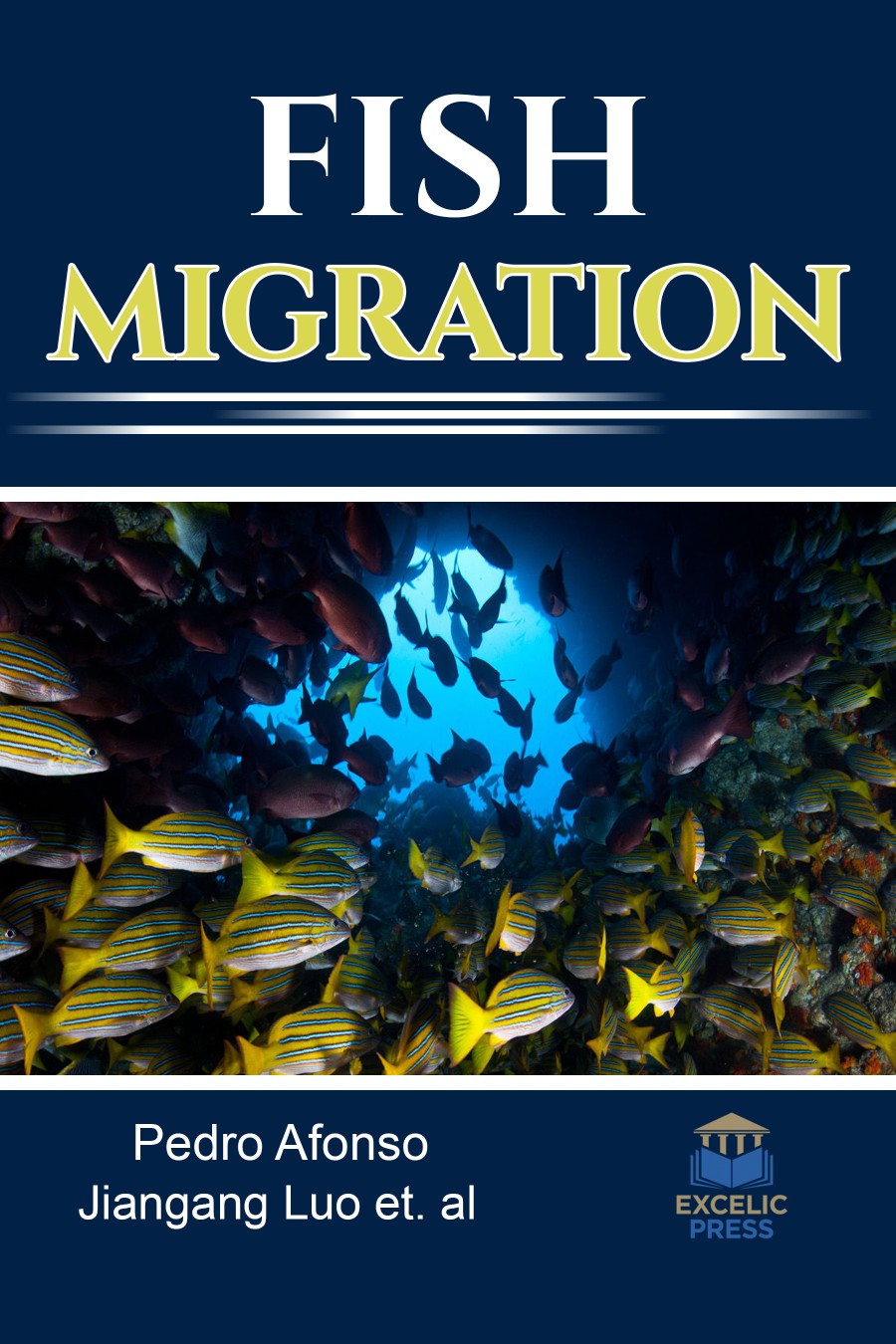Many types of fish migrate on a regular basis, on time scales ranging from daily to annually or longer, and over distances ranging from a few meters, as in some coastal and stream dwelling fishes, to thousands of kilometers, as in eel. There are about 8,000 known species that migrate within lakes and rivers, usually for food on daily basis as the convenience of food varies from place to place and from season to season. Fishes also migrate to lay their eggs in places where oxygen concentration in water is more and where there is plenty of food for juveniles when they hatch from eggs.
This book presents state-of-the-art research and reviews on the physiology and ecology of fish migration. It examines migratory behavior, spawning, and behavioral ecology. The book also focus on longer-distance migrations, not because short-distance and vertical migrations are ecologically or evolutionarily less important, but because long-distance migrations typically impose greater behavioral and physiological challenges on fishes than short ones. Most movement studies addressed questions related to reproductive biology, effects of environmental factors on movement, stocking, and habitat use. Movement-related knowledge gaps were identified through the literature synthesis and surveys. Future studies on emigration/ immigration of fishes through lake corridors, the dispersal of stocked fishes and of stock mixing were identified as being particularly important given their potential for developing lake- or region-wide harvest regulations and stocking strategies. The diversity of tools for studying fish movement across multiple years and various spatial scales gives researchers new abilities to address key science questions and management needs. Addressing these needs has the potential to improve upon existing fisheries management practices. It also details the main procedures and patterns allied with all migratory life history strategies, as well as the main issues associated with their conservation. This book is intended to provide up-to-date information to advanced graduate students and researchers.













